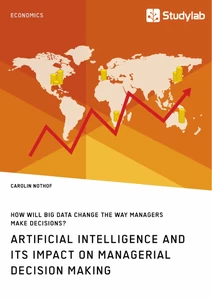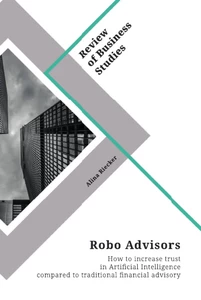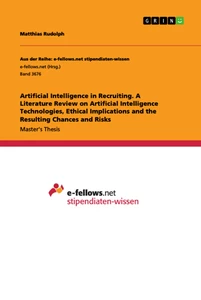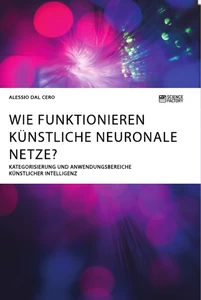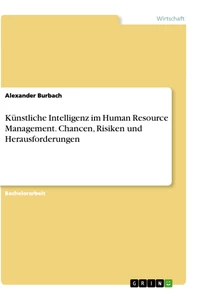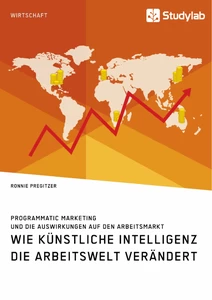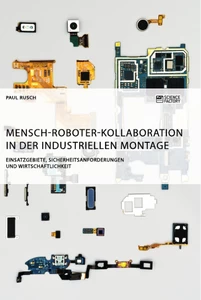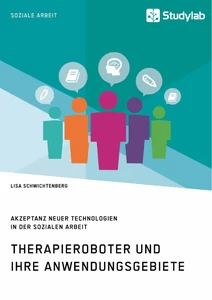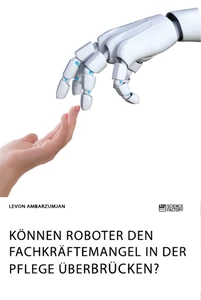<b>[openpublishing template="presentation" get_by_id="978317"] : </b></br>https://api.openpublishing.com/resource/v2/document.978317[:basic,non_academic.realm_genres.*]&cache=yes
<b>[openpublishing template="presentation" get_by_id="978174"] : </b></br>https://api.openpublishing.com/resource/v2/document.978174[:basic,non_academic.realm_genres.*]&cache=yes
<b>[openpublishing template="presentation" get_by_id="516818"] : </b></br>https://api.openpublishing.com/resource/v2/document.516818[:basic,non_academic.realm_genres.*]&cache=yes
<b>[openpublishing template="presentation" get_by_id="1002980"] : </b></br>https://api.openpublishing.com/resource/v2/document.1002980[:basic,non_academic.realm_genres.*]&cache=yes
<b>[openpublishing template="presentation" get_by_id="382579"] : </b></br>https://api.openpublishing.com/resource/v2/document.382579[:basic,non_academic.realm_genres.*]&cache=yes
<b>[openpublishing template="presentation" get_by_id="1042118"] : </b></br>https://api.openpublishing.com/resource/v2/document.1042118[:basic,non_academic.realm_genres.*]&cache=yes
<b>[openpublishing template="presentation" get_by_id="461352"] : </b></br>https://api.openpublishing.com/resource/v2/document.461352[:basic,non_academic.realm_genres.*]&cache=yes
<b>[openpublishing template="presentation" get_by_id="1139738"] : </b></br>https://api.openpublishing.com/resource/v2/document.1139738[:basic,non_academic.realm_genres.*]&cache=yes
<b>[openpublishing template="presentation" get_by_id="541547"] : </b></br>https://api.openpublishing.com/resource/v2/document.541547[:basic,non_academic.realm_genres.*]&cache=yes
<b>[openpublishing template="presentation" get_by_id="593937"] : </b></br>https://api.openpublishing.com/resource/v2/document.593937[:basic,non_academic.realm_genres.*]&cache=yes
<b>[openpublishing template="presentation" get_by_id="445670"] : </b></br>https://api.openpublishing.com/resource/v2/document.445670[:basic,non_academic.realm_genres.*]&cache=yes
<b>[openpublishing template="presentation" get_by_id="460657"] : </b></br>https://api.openpublishing.com/resource/v2/document.460657[:basic,non_academic.realm_genres.*]&cache=yes
<b>[openpublishing template="presentation" get_by_id="471193"] : </b></br>https://api.openpublishing.com/resource/v2/document.471193[:basic,non_academic.realm_genres.*]&cache=yes
<b>[openpublishing template="presentation" get_by_id="462657"] : </b></br>https://api.openpublishing.com/resource/v2/document.462657[:basic,non_academic.realm_genres.*]&cache=yes
<b>[openpublishing template="presentation" get_by_id="536553"] : </b></br>https://api.openpublishing.com/resource/v2/document.536553[:basic,non_academic.realm_genres.*]&cache=yes
<b>[openpublishing template="presentation" get_by_id="539356"] : </b></br>https://api.openpublishing.com/resource/v2/document.539356[:basic,non_academic.realm_genres.*]&cache=yes
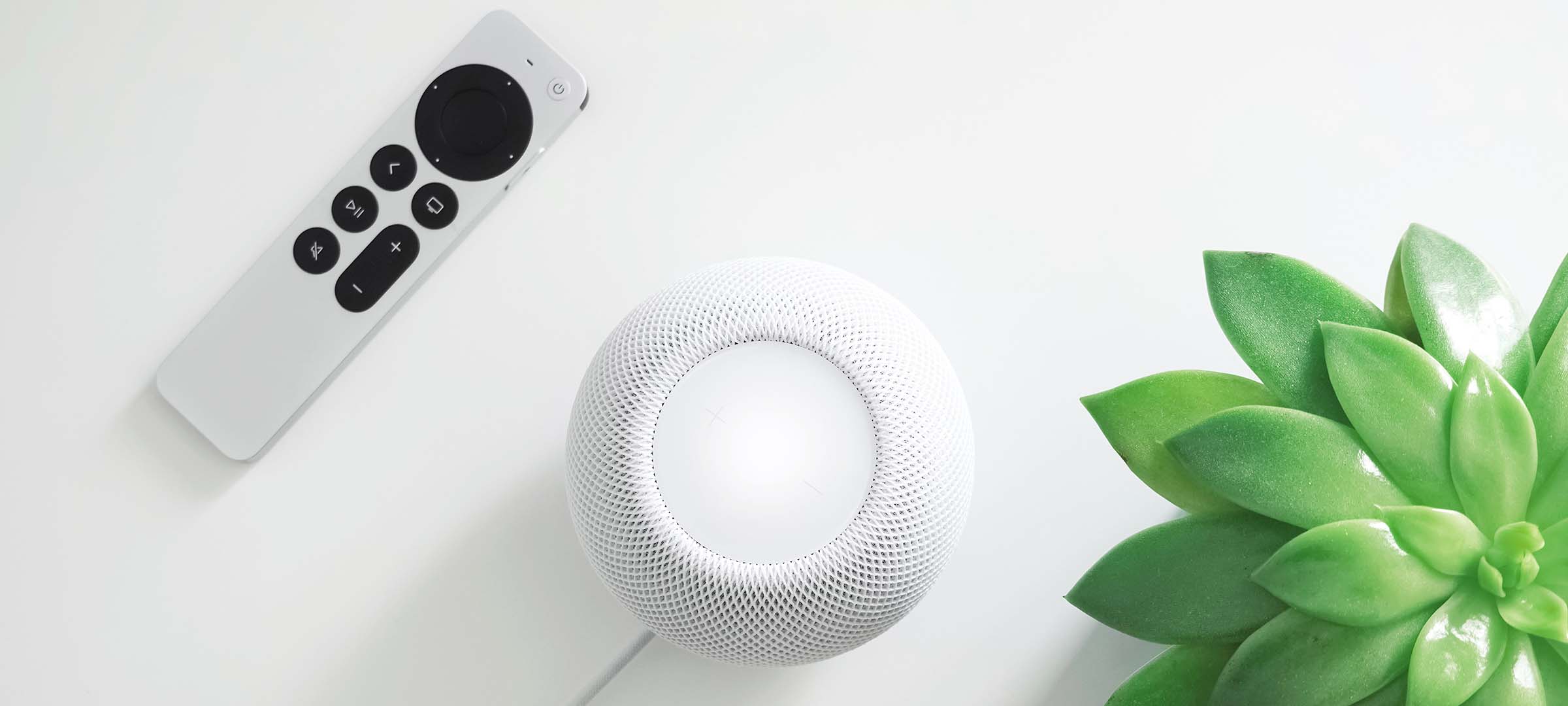
Artificial intelligence
Alexa, what time is it? This name is not only popular because it sounds beautiful, but also because it can do a lot – thanks to artificial intelligence. But what exactly is it? AI or Artificial Intelligence (AI) is the umbrella term for machines that, like humans, provide intelligent thinking and learning services. These include, for example the subcategories robotics and machine learning, i.e. the artificial generation of knowledge from experience. The goal of artificial intelligence is to solve problems independently and to support people in their everyday lives – just like Alexa.
I believe this artificial intelligence is going to be our partner. If we misuse it, it will be a risk. If we use it right, it can be our partner.
Masayoshi Son, founder and CEO of SoftBank Capital
What makes AI?
In contrast to a rule-based, purpose-built program, artificial intelligence is designed to solve problems independently. This requires three steps: first, it has to understand what information belongs together in order to combine it into knowledge which it can reproduce in an understandable form. Second, it must be able to understand and document an argumentation process. Finally, it must be able to learn.
While in simple programming, algorithms determine the exact steps required to accomplish a particular task, AI algorithms are programmed to independently create the necessary steps. This is necessary because there are problems that are too complex to encode in a step-by-step procedure.
Take image recognition. If a program tried to take into account all possible cases, it would be infinitely long: for example, in a photo of a person different lighting conditions, hairstyles, clothing, and the entire environment of the photo would have to be predicted and written down so that the program can recognize the person in the picture.
AI, on the other hand, can learn the appearance of a person from a number of existing images. It then applies this knowledge to new images to check whether they show the same person. Thus, it can react to unknown situations and learn from experience.
AI in everyday life
Smart Phones
Most people already use AI systems in their everyday lives without being aware of it. A good example is smartphones. When it comes to facial recognition, smartphone manufacturers have been using AI for a long time. As a result, smartphones can recognize people and categorize them. Smartphones also easily recognize objects in front of the camera and adjust the camera accordingly. In addition, thanks to artificial intelligence, the gallery app can recognize different faces and assign keywords to each image. The search function then makes it easy to find concise motifs by filtering for these same terms.
Spotify, Netflix, and Co
More and more people are using streaming services such as Netflix or Amazon Prime Video. Artificial intelligence powers the recommendation engine of these services and uses users’ previous tv watching habits to suggest movies and TV series that might interest them. So, the system is highly personalized based on the time of day and the shipments that users have traditionally preferred in that time frame. This also applies to music streaming services such as Spotify. These also collect information to determine what users might like. This doesn’t always work but the system learns from such mistakes. In this way, it succeeds in putting together an accurate watch or playlist.
Social Media
Social media platforms such as Facebook or Twitter use artificial intelligence to personalize the feed for respective users – based on their previous behavior pattern – retrieve friend suggestions and use machine learning to combat cyberbullying. In addition, artificial intelligence helps to identify questionable content in social networks. This includes potentially violent, pornographic, or politically extreme content. The AI automatically marks images, texts, videos, and audio files that (could) fall into this category and deletes them if necessary.
Alexa, Cortana, Siri, and Co.
Digital voice assistants such as Alexa, Siri, or Cortana have become co-pilots that have become indispensable for many people. These tools use AI-driven natural language processing and speech generation to answer their users’ questions and respond to their prompts. Real dialogues are not yet possible with these little helpers but the trend moves toward a growing number of digital voice assistants: Worldwide, there are already millions of Alexa devices. This means that the artificial intelligence behind Alexa learns every day through millions of interactions.
Automatic translations
Translation tools for written and spoken language also rely on artificial intelligence to provide and improve translations. Services such as DeepL, which are based on deep learning, no longer proceed word by word but analyze entire sentences, search the Internet for similar sentences at lightning speed, and then translate accordingly. And here, too, the more feedback the system receives, the better it gets. AI can also be used to create automatic subtitles for video content or TV shows.
Online shopping and advertising
Companies use artificial intelligence to give customers personalized recommendations based, for example, on previous product searches and purchases or on their online behavior. AI is of great importance for retail, especially in the optimization of products, the planning of inventories, and logistics.
Fraud detection on PayPal
Online retailers are repeatedly confronted with fraud and payment defaults. Artificial intelligence helps merchants and, above all, payment providers to master these challenges. The payment provider PayPal analyzes and classifies each transaction using machine learning algorithms. These machine learning models can predict whether a user’s card will be rejected for a transaction and prevent the purchase from being completed. Thus, fraud detections take place on several levels and protect users from data loss. Without AI, PayPal would not be able to offer services such as buyer protection as the risk of mass payment defaults would be too big.
GRIN recommendation: A good overview of the topic
Today’s most precious raw material is not gold, but Big Data: Each one of us generates a huge amount of information every single day, rendering thus both ourselves and our choices transparent. But in addition to that, Big Data helps companies to improve their decision-making.
Since managers have to address highly complex issues in an increasingly complicated world, they rely on Big Data and artificial intelligence, as Carolin Nothof explains. By considering various external factors, their algorithms predict the right entrepreneurial choices.
These choices can be made in areas such as retail, Human Resources, the Internet of Things, and marketing. Nothof’s publication is not only rich in theoretical explanations, but also gives examples of the practical use of Big Data in various industries. Machines are our best co-workers.
Definitions
Machine Learning and Deep Learning
Machine learning is about feeding data to a computer and letting it perform tasks on this data basis, the execution of which is repeatedly corrected by humans. In this way, the computer learns from its mistakes and avoids them independently on the next attempt. Machine learning is one of the largest subfields of AI.
Deep learning, a form of machine learning, goes one step further. At the core of deep learning are artificial neural networks that try to mathematically represent the structures of the human brain. Among other things, these networks can find hidden patterns in data, and thus, relieve humans of a lot of work.
In recent years, there have been great advances in the field of machine learning. As our computers become more powerful and algorithms more sophisticated, it is no longer a problem to process large data sets (“big data”). This, in turn, ensures that AI research is also progressing faster.
Robot
According to the UNESCO Report on Robot Ethics 2017, robots can be characterized as follows:
- Mobility: an important factor to function in human environments such as hospitals and offices
Interactivity: enabled by sensors and motors, relevant information is collected which allows the robot to interact with its environment
- Communication: Computer interfaces, voice recognition and speech synthesis systems ensure that the robot can communicate with humans
- Autonomy: the ability to “think” and act independently without direct control
Artificial neural networks
Artificial neurons are simplified images of a human nerve cell. They are interconnected and intended to map a natural nervous system in order to be able to understand and imitate the information processing of the human brain. For this purpose, artificial neural networks use algorithms that train each other and combine their knowledge with each other. This technique makes it possible, for example, to recognize faces or human voices.
Strong and weak AI
Artificial intelligence can be divided into strong and weak AI.
Strong AI includes all approaches that try to map and imitate humans and the processes taking place in the brain. The main characteristics of strong AI are consciousness and empathy. It includes many attributes that we consider to be part of human intelligence.
In the case of weak AI, on the other hand, algorithms are specifically developed for specific, delimited problems. Thus, they can only solve certain tasks. Weak AI is now technologically feasible and already implemented in numerous software solutions, whereas the criteria for a strong AI cannot yet be met.
The distinction is originally based on the philosophical difference between “being intelligent” and “acting intelligently”: weak AI shows only seemingly intelligent behavior, while the strong AI is considered to be intelligent.
Limitations of AI
- Energy consumption: the best neurochips are about a thousand times the size of the human brain, most supercomputers need much more power
- Fault tolerance: if you give the AI incorrect or incomplete data, it cannot process it as it fails to understand it
- Emotions: machines will have a hard time developing emotional or social intelligence simply because of the lack of a biological body including its hormones.
- Human intuition: Humans have a lot of implicit knowledge and what is commonly referred to as “common sense” – machines can’t reproduce that
- Inventiveness: Computers can copy, imitate and recombine, but not create anything completely new
- Island talent: AI is limited to its programming and cannot provide answers to questions for which it wasn’t designed
The new spring in AI is the most significant development in computing in my lifetime. Every month, there are stunning new applications and transformative new techniques. But such powerful tools also bring with them new questions and responsibilities.
Sergey Brin, co-developer and co-founder of Google
GRIN recommendation: Artificial intelligence in the financial sector
Robo advisors are seen as one of the most disruptive technologies in the financial sector. What used to be a people’s business that strived due to human connections and relationships turned digital: a robo advisor can replace all functions of traditional financial advisors at a lower cost point and while being available 24/7.
The thesis is based on a literature review methodology and assesses the theoretical background of trust through analyzing and comparing previously done research on the matter. Additionally, a quantitative study focusing on trust-building factors in robo advisors has been used as a basis to form conclusions regarding the increase of trust. Industry insights, journal articles, and conference papers build the foundation of this thesis.
Applications
Artificial intelligence will permanently change the way we work and lead to an increase in efficiency and productivity both in everyday life and on systemic levels. Employees will have to learn to work with AI technology. There are now countless areas of application for the use of AI. We’ve summarized some of them here:
Automobile industry
AI is particularly strongly represented to imitate, expand and support human actions in the automobile industry. AI in vehicles perceives the road and all obstacles on it. It even makes decisions on how and where to drive in self-driving cars. AI is also used in the field of car sharing: Uber, for example, uses a “Machine Learning as a Service” platform that provides model-based predictions for various services.
In the future, self-driving cars will be able to communicate and cooperate with each other. They could drive in the slipstream of other vehicles to save fuel, coordinate their speed on highways and avoid accidents. Users should also be able to easily request self-driving cars with their smartphones.
Health
AI can efficiently monitor patient health statistics and independently provide advice on how to optimize training plans, for example. Apps that monitor heart rates and sleep are already common in smart watches.
Agriculture
AI and machine learning are also used in field management. One example of this is autonomous combine harvesters, in which artificial intelligence is used for movement, localization, vision and recognition. In the case of crops, it should also be recognized where pesticides are necessary and where they are not.
Smart Home
Voice assistants such as Alexa or Amazon’s Echo have long been integrated into the homes of many users. They recognize and respond to speech, are networked with other devices in the house and allow users to program simple daily tasks and, in many cases, to control the operation of the devices remotely – from vacuum cleaners to lamps to radiators or rice cookers.
At the same time, the market for AI speakers is growing. They can also be combined with kitchen appliances such as refrigerators or stoves.
Production
Industry 4.0 and Smart Factory name the keywords: people and machines are connected to each other. Production plants and all connected devices have diagnostic and repair capabilities. The close integration of production and information, and communication technology enables the production of individual products without great effort. The aim is to be able to produce special custom-made products of the best quality at the price of mass-produced goods. AI is already used during the product design, then in development and production, in use and maintenance, and finally in recycling.
Customer Service
From intelligent chatbots to voice assistants on the phone, automated systems have already made significant progress and can mimic fluid communication.
News and Editorial
Automated content creation is also on the rise. With the help of big data, AI algorithms can create relevant infographics and combine facts and figures into meaningful text, which is why they are often used in the news sector.
Fraud detection
Detecting and predicting fraud is another important field of application for AI. In social networks, for example, this can be determined by the posting frequency. Bots that spread fake news are detected as well as click or credit card fraud.
Further simplifications in day-to-day business
AI is becoming increasingly important in the calculation of prices, whereby not the lowest, but the most customer-specific optimal price is determined from thousands of data points. AI processes are also increasingly being used in shopping carts which offer additional personalized product recommendations based on the click and purchase behavior of customers. In the media and marketing sector, the activities of customers are measured with the help of interfaces to search engines, social media, and digital advertising to derive personalized recommendations.
The creation and analysis of company reports is now the task of software and machines, but the creation of strategies and the management of employees is not yet managed by AI.
These examples show that AI technologies in logistics, retail, and management enable rapid reactions to certain problems and are already redefining the flow of certain processes.
Opportunities and strengths of AI
- Automation: AI can be used to optimize processes and hand over repetitive tasks – this gives people more time and space for creative tasks and is also expected to contribute to the creation of new job profiles
- Research: AI offers the opportunity to explore human intelligence more closely
- Cost factor: AI is more cost-effective than human labor
- Superiority: AI is superior to humans in many areas: self-driving cars lead to fewer accidents, disease diagnoses and weather forecasts can be created more precisely and the efficiency of business processes can be increased through automation
- Robotics: robots are more precise, stronger and faster than humans and can be adapted for specific tasks, in addition, they can also work in extreme environmental conditions (in space, in the deep sea, in extreme heat...) and never get tired
- Learning ability: AI is basically capable of learning and able to develop further
Risks and weaknesses of AI
- Dependency: the use of increasingly complex algorithms carries the risk of failure. If a company relies on AI in many areas, such a failure can paralyze the entire system and be fatal, especially in the military sector
- Jobs: Higher automation rate can lead to higher unemployment rates
- Lack of creativity: AI is capable of learning, but not creative. Therefore, it struggles to deal with unexpected situations. It is also not capable of emotions or empathy
- Ethics and responsibility: Who is responsible, for example, if an AI makes an incorrect diagnosis and the doctor relies on it? Such and similar questions are still being discussed
- Data protection, security, and privacy: AI as a technical system is susceptible to programming errors and hacker attacks and carries a high risk of misuse - if intelligent systems fall into the wrong hands, they can cause enormous damage
- Learning ability: Two sources of danger lie in the learning function of AI: 1. it can learn from the wrong people, 2. a superintelligence that surpasses humans could be uncontrollable
GRIN recommendation: AI in recruiting
The thesis aims to analyze the field of tension between the benefits and risks caused by the introduction of AI into recruiting based on a systematic analysis of academic publications. To the knowledge of the author, neither a literature review on ethical challenges of AI-based recruiting tools nor an overview addressing application fields and the resulting ethical risks has been published so far. Consequently, this thesis aims to close this research gap by disclosing how AI technologies affect the recruiting process and how ethical challenges arising from the implementation of AI-based tools are addressed in the same publications.
Which AI technologies are applied in the field of recruiting, and how do they influence the recruiting process? Which major ethical challenges arise from the introduction of AI into recruiting, and how are these challenges addressed by the proposed AI-based tools?
Why is AI important and how will it change our lives?
Artificial intelligence has become an integral part of many areas of our lives and will continue to play an important role in the future. Some experts even see the future in a human-machine tandem: in other words, humans and machines have very special strengths that could combine very beneficially in interaction.
For example, special artificial intelligence could help to establish connections between thousands of research results. This, in turn, could lead to completely new insights. Scientists will eventually become more and more focused on their field and even then they don’t have an overview of the entire field. For a specialized artificial intelligence, however, it would be easy to see possible connections and point them out. Especially in the tense situation in the healthcare sector with exploding costs and incredible workloads for physicians, it would make sense to support doctors with AI systems. Artificial intelligence that prevents all too human error by doctors and generates new insights would save countless lives or avoid unnecessary treatments.
There are opportunities in almost every area of society and the economy in which AI would not become an evil job killer but could make life much easier for the people working there. The challenge in all this is that our society, our level of knowledge, our everyday work, and our economy are developing surprisingly quickly and very radically in the course of this. This can be seen as an opportunity, on the one hand, but also as a risk. Some see a golden age approaching us, in which people are freed from any kind of pointless activity. Others, on the other hand, fear that mass unemployment could lead to chaos.
However, all these aspects make it clear that the topic of artificial intelligence is already relevant today and continues to gain importance. One should not be fooled by the fact that the beginnings visible today sometimes still seem amateurish and clumsy. This was the case with many new technical developments, before they turned our everyday lives upside down years later.
AI is profound, and we are at a point—and it will get better and better over time—where the GPU is getting so powerful there's so much capability to do unbelievable things. What all of us have to do is to make sure we are using AI in a way that is for the benefit of humanity, not to the detriment of humanity.
Tim Cook, CEO of Apple
Our top titles on the topic
More textbooks on robotics
GRIN sources:
- Wie funktionieren künstliche neuronale Netze?
- Wie Künstliche Intelligenz die Arbeitswelt verändert
- Wie Pflegeroboter die Lebensqualität im Alter sichern können
- Künstliche Intelligenz in der Unternehmenskommunikation
- Robotik und KI in der Gastronomie
- Chancen und Risiken der künstlichen Intelligenz
External sources:
- UNESCO Report (24.9.2017), Report of COMEST on Robotics Ethics: http://unesdoc.unesco.org/images/0025/002539/253952E.pdf
- https://www.wfb-bremen.de/de/page/stories/digitalisierung-industrie40/was-ist-kuenstliche-intelligenz-definition-ki
- https://www.bpb.de/apuz/263678/was-ist-kuenstliche-intelligenz-was-kann-sie-leisten?p=all
- https://www.computerwoche.de/a/was-sie-zum-thema-ki-wissen-muessen,3544140

Digital Leadership
What does digital leadership mean? We will give you an overview of the concept and introduce you to our best books.

Coaching
What is coaching and when does it make sense? We will give you a comprehensive overview of the topic and introduce you to our best books on the subject.

Publish your thesis
At GRIN, you can publish your final assignment for free. It is easy, quick and free of costs. Share your knowledge and make money off of it.

Research Consultants
Over 200,000 specialised publications, directly from universities - Find out more about the latest research and academic work in your area with GRIN.
